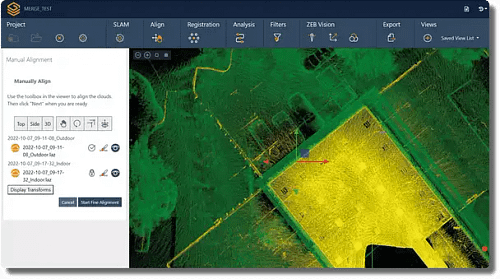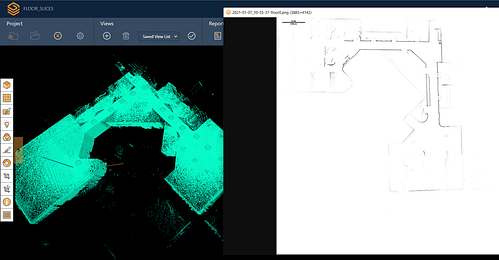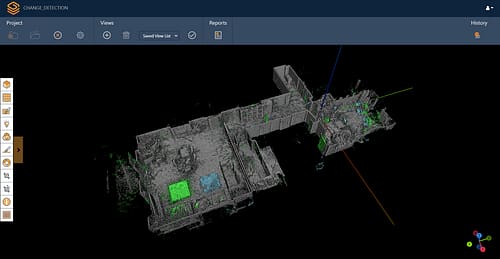Last Updated on 25th April 2022
If you read the news before Christmas or were one of the tens of thousands of people experiencing disruption at London’s Gatwick Airport, you’ll know that drones (unmanned aerial vehicles or UAVs) can cause chaos if used incorrectly.
That’s why we’ve put together this handy guide, with some of the major do’s, and importantly, dont’s of surveying with a UAV. Specifically, we’re talking about using the new SLAM-based ZEB Horizon solution, which as well as being a hand scanner, can also be drone-mounted.
The Dos
- Do ensure you have the correct licence to fly a UAV and permission from the land owner. You can find out more information about regulations on the CAA website.
- Do ensure you carry out all pre-flight checks – ensure that there are no hanging cables or loose objects which could interfere with the propellers.
- Do fly in a grid pattern or point of interest, and make sure take off and landing location are in the same position to close the loop required for SLAM to work.
- Do ensure feature-rich overlap between different scans (at least 20%) – which you can merge together later on in GeoSLAM Hub software.
- Do use items/features for SLAM feature identification. The ZEB Horizon uses features within a 40m range for positioning. Prior to take off, we recommend positioning a feature such as a heavy-duty transport case, a car or tree within 30m of the UAV, in order to ‘fix’ its take off position.
- If time allows, consider flying the same project at two different heights above ground (maximum 50m). This allows for the same features to be captured from two different incident angles, ensuring excellent coverage.
The Don’ts
- Don’t waste time carrying out IMU initialisation routines – it’s not necessary! You can use all the flight time to collect data, ensuring you keep time on site to a minimum.
- Don’t worry about the horizontal direction the ZEB Horizon is facing. The 360◦ rotating head of the scanner ensures full coverage.
- Don’t allow the UAV to make abrupt attitude and acceleration changes – a smooth and steady flightpath will ensure a nice, even distribution of points.
- Don’t fly near to airports! In the UK, it is illegal to fly a drone within 1km (3280ft) of an airport perimeter, and no higher than 122m (400ft). These distances will vary by country – so make sure to check the laws where you are before taking flight.
- Don’t hesitate to get in touch with us if you want to find out more about aerial surveying with the ZEB Horizon. Why not send us an email to [email protected] or give us a call on +44 (0) 1949 831 814 and ask to speak to one of our UAV experts.
Glossary of Terms
ALS: Airborne Laser Scanning
CAA: Civil Aviation Authority
GNSS: Global Navigation Satellite System – a global satellite system used to pinpoint the location of a receiver on earth
LiDAR: Light Detection And Ranging – a method of surveying which utilises pulses of laser light, reflected off surfaces and back to a sensor, to measure distance
SLAM: Simultaneous Localisation And Mapping – an algorithm that locates a device within an environment, and simultaneously maps that environment – without requiring satellite signals.
UAV: Unmanned Aerial Vehicle (a drone)
ZEB Horizon: The versatile mapping solution from GeoSLAM, find out more here!













